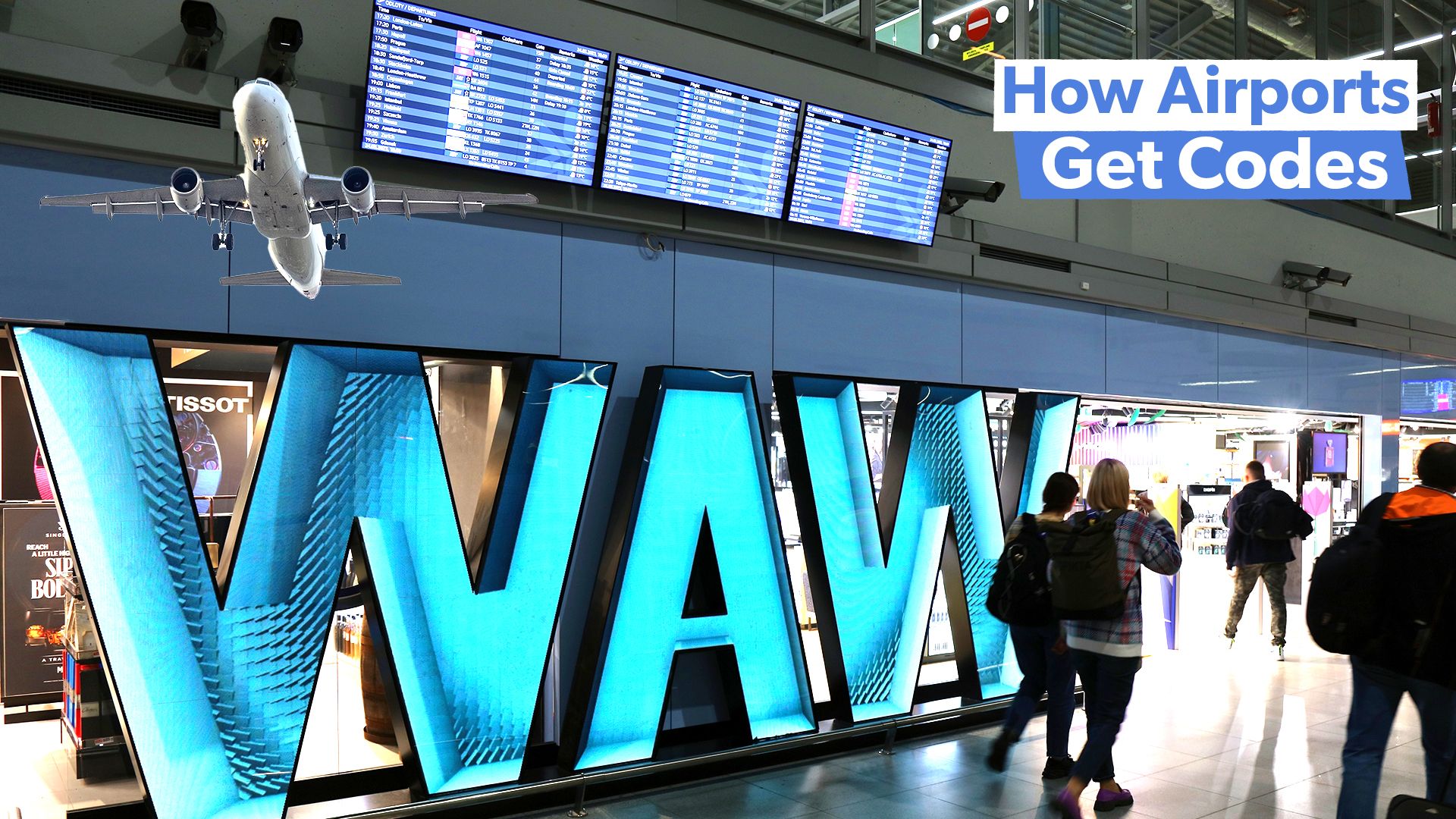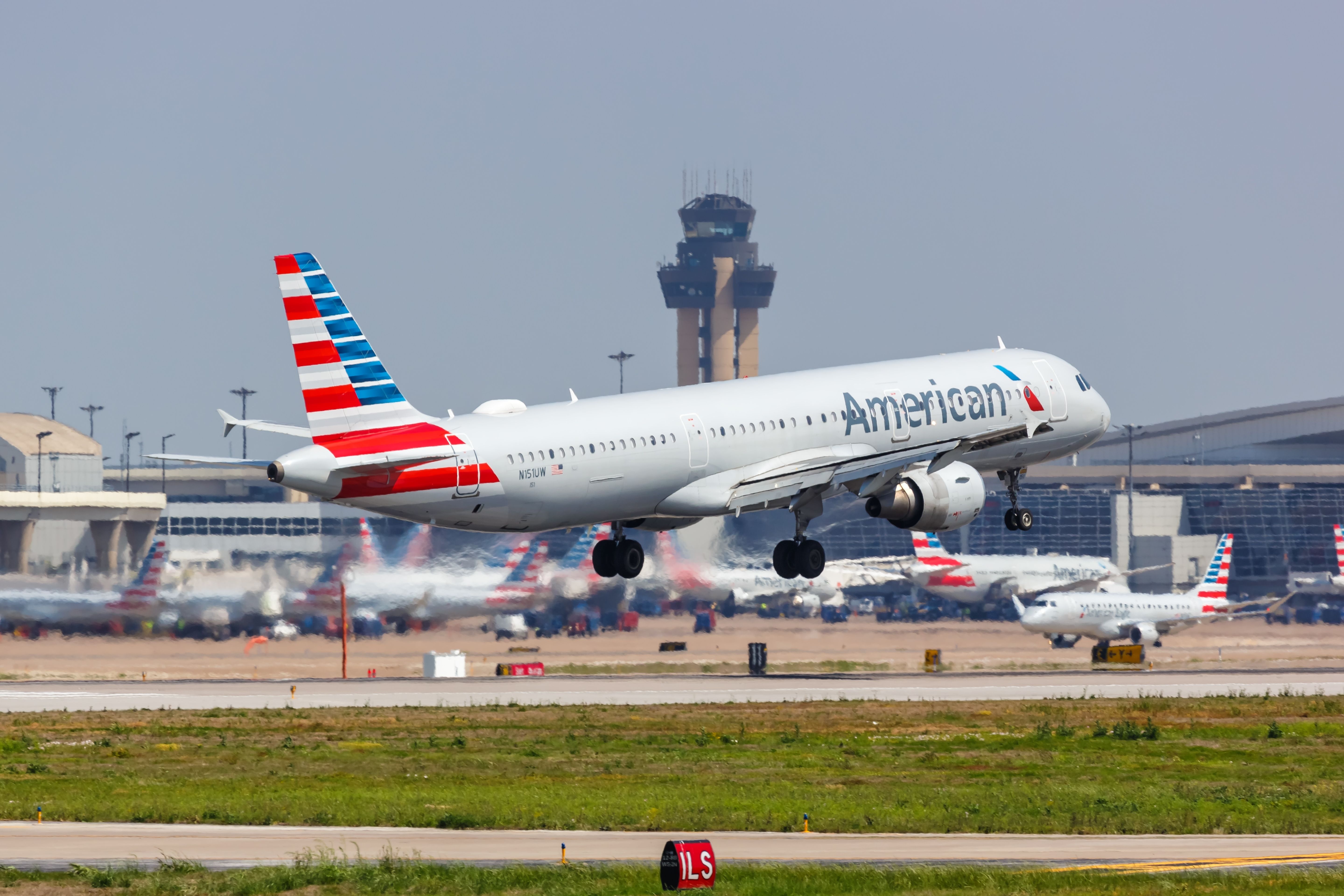Airports, as will be known to any traveler, are rarely referred to by their full names, with some airport names like Atlanta Hartsfield-Jackson International Airport (ATL) including up to five different words. While referring to such airports by their complete names for passengers is a nuisance, it can be an enormous operational inefficiency for airlines.
On every single passenger boarding pass as well as on every flight confirmation on the booking website and every bag tag, an airline must list both the arrival and departure airport, something which would prove immensely inefficient if they were required to print out a facility’s entire name. As a result, airlines do not and rather use three-letter codes determined by the International Air Transport Association
(IATA).
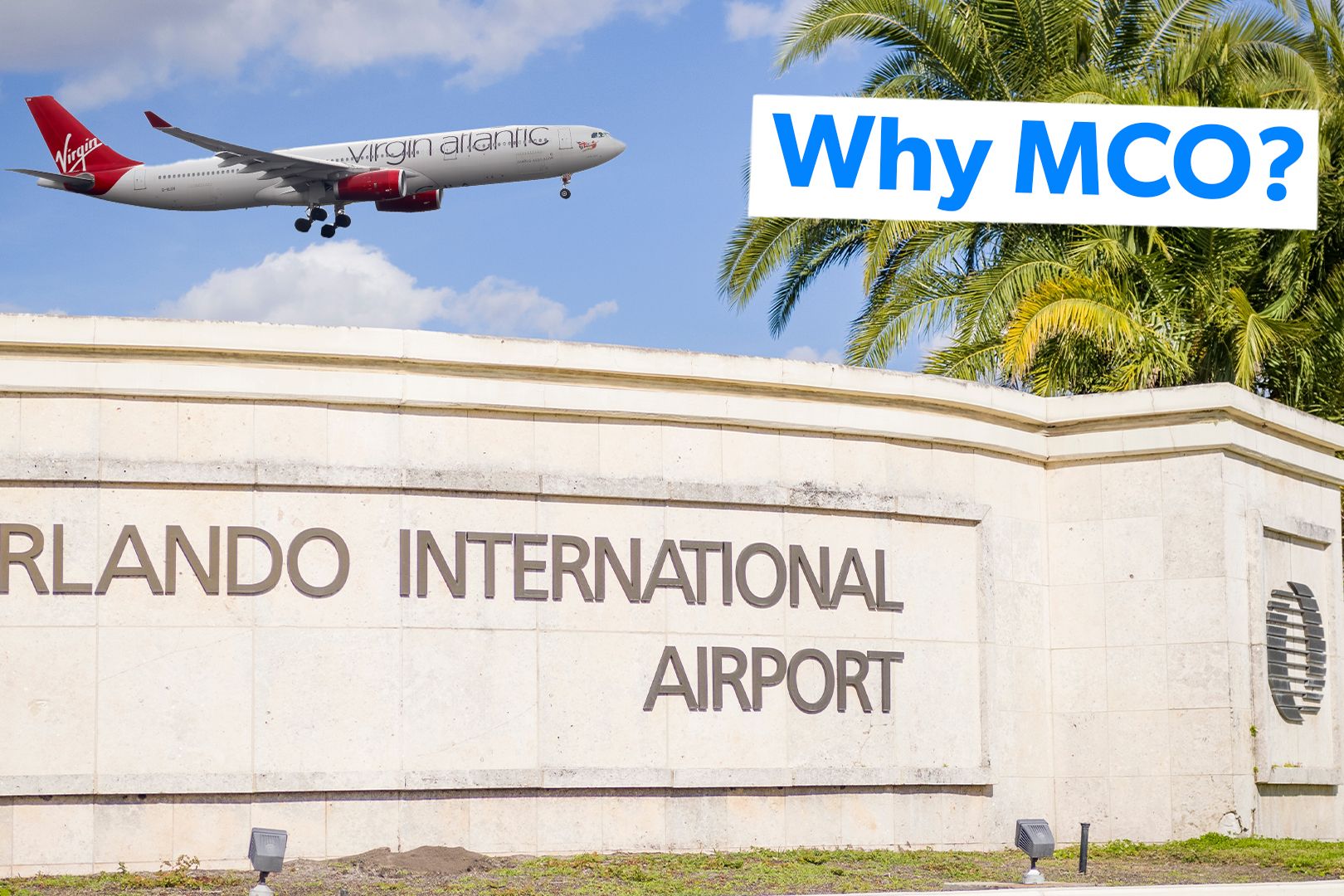
Related
Why Does Orlando International Airport Have The IATA Code MCO?
Orlando Internation Airport’s IATA code remained MCO in honor of Colonel Michael Norman Wright McCoy.
These many codes are almost synonymous with airports today, and one can only begin to imagine the amount of money commercial airlines save by printing significantly fewer letters on tickets, boarding passes, and bag tags every year. Therefore, it is not difficult to conclude that these critical three-letter codes, which play an important role in commercial aviation today, are here to stay.
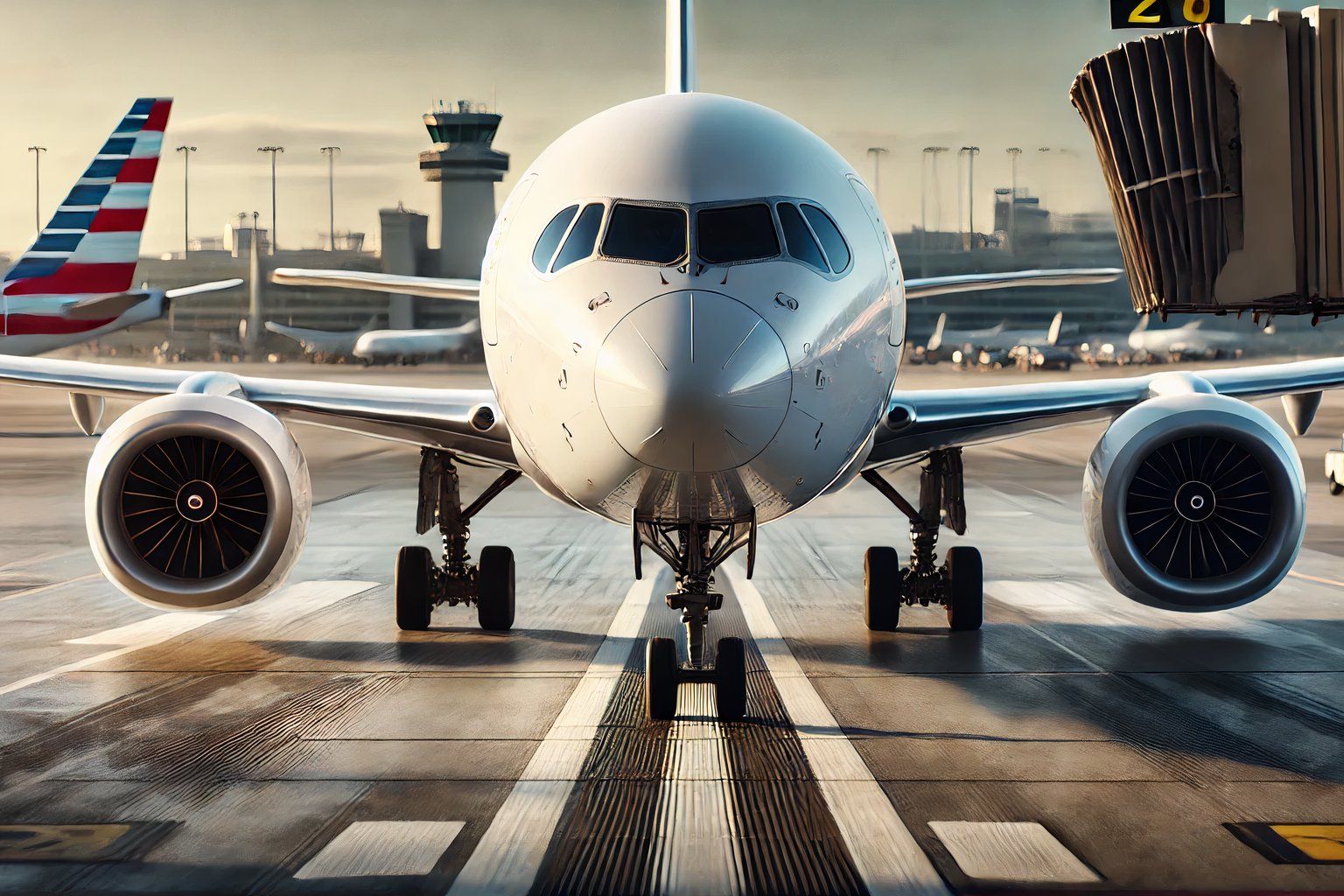
A system that commercial aviation has been using for decades
During the early days of aviation, the IATA also used airport codes to identify different facilities, especially as cities grew larger and multiple airports were established in each urban area. This became especially important in cities like London, which in the era following the Second World War opened a handful of different airports, including all the following:
- London Heathrow Airport (LHR)
- London Gatwick Airport (LGW)
- London Stansted Airport (STN)
- London Luton Airport (LTN)
Trying to operate without having different three-letter codes for each facility soon became an operational nightmare, with each proving to be a simple way to refer to one facility. Nonetheless, the assignment of these codes may seem counterintuitive, or even random at times. Therefore, what system does the IATA follow for determining how these airport codes will be assigned? Let’s take a deeper look at this question.
Originally, airports had two-letter codes, and the IATA was not involved in assigning them
When aviation was in its infancy, the origins of the airport code system emerged in the United States, when pilots referred to different facilities mostly by the two-letter system used by the National Weather Service to identify cities, according to Afar. Eventually, the number of airports began to grow, and even more problematically, multiple different airports emerged in many cities.
Eventually, it became clear that using just two letters to identify airports would be nowhere near enough, as this only allowed for 676 codes to be formed. The number of airports was set to far surpass that amount in the United States alone, let alone the world. As a result, airports across the globe began using a three-letter code system, which allows for over 17,000 possible code combinations.
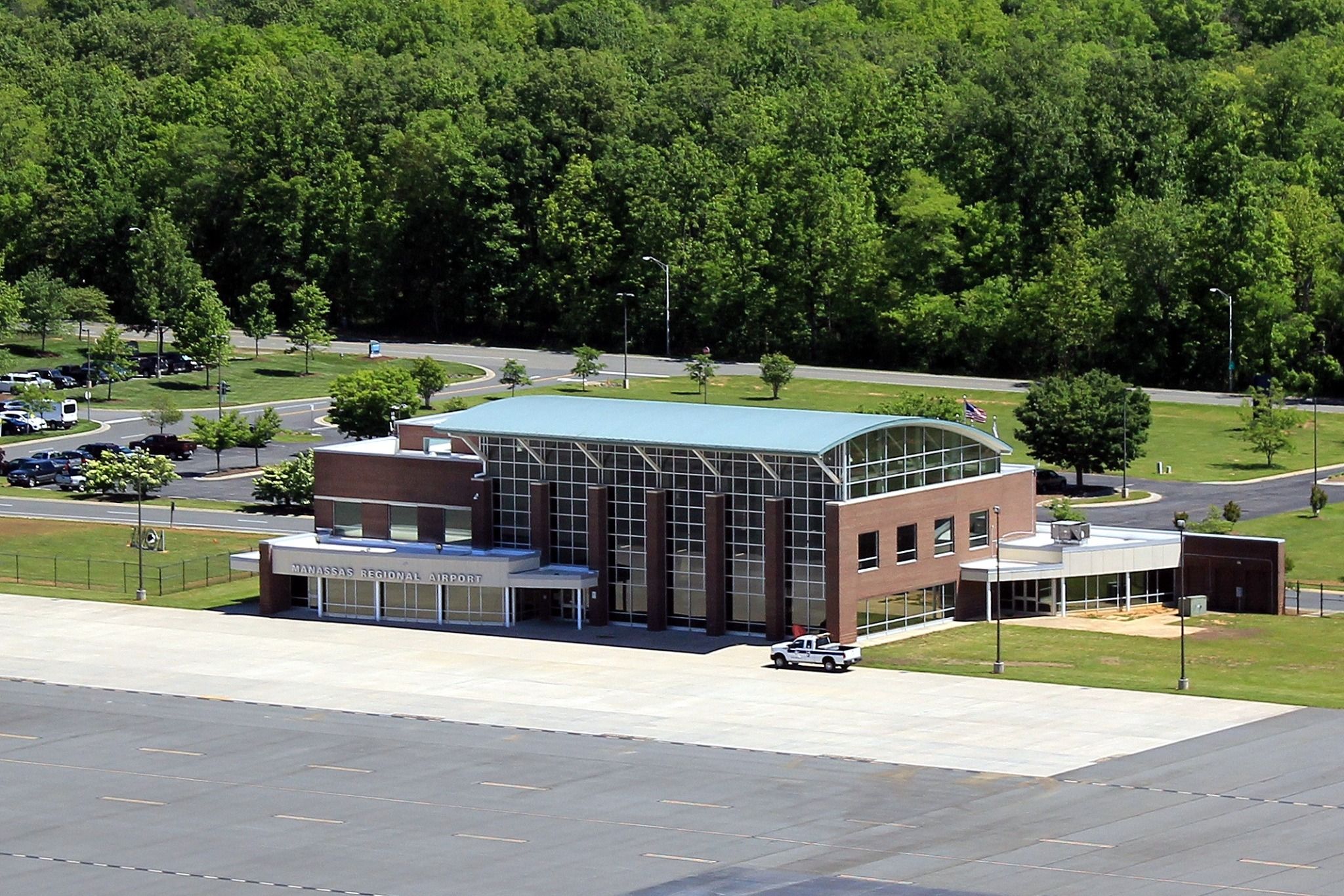
Related
Analysis: How And Why IATA & ICAO Airport Codes Differ
Both IATA and ICAO have assigned codes to airports. What do they mean? Why are they different?
Relics of this transformation from two to three letters can still be observed today, as some facilities simply added a letter to their existing two-letter codes to comply with the guidelines. For example, Los Angeles International Airport, which originally used the two-letter code LA, later shifted to the three-letter code LAX.
The process soon needed to be fully standardized
In the 1960s, the Montreal-based IATA began to take over the task of assigning airport codes, according to Airport World. This new system aimed to create a simple, uniform method to identify airports across the globe, with the ultimate goal of eliminating any language barriers.
The process of deciding which airport received which code, however, is a little more complicated, and has a structure that can be difficult to fully define. For starters, existing airport codes are rarely changed, except in the instance that a facility is overhauled to the point that the authorities believe a new code should be in order.
Photo: Markus Mainka | Shutterstock
When a new airport is opened, the management authorities will submit a complete request to IATA for a three-letter code, and this request typically includes an extensive analysis of the facility’s location, name history, and planned commercial operations. Airports will then submit a list of suggested codes for consideration.
Airports codes are named after cities unless there is some clear reason not to
The first choice for the IATA for most airports is to use the first three letters of a city’s name for an airport. However, if there is more than one airport in a city, the IATA may choose to use the first letters of the airport’s name instead. After these methods, an airport may be assigned a code that includes some combination of the letters in it or its city’s name. Some examples of this can be observed in the table below:
|
Airport Code Type: |
Examples: |
|---|---|
|
First three letters of the city name: |
|
|
First letters/abbreviation of airport name: |
|
|
Combination of other letters in the city/airport name: |
|
At the end of the day, these airport codes are essential for ensuring smooth operations and minimal confusion for passengers. In some places, people have even begun to refer to the airport by the IATA code itself, as is often the case in the New York Area with LGA, EWR, and JFK.
3:56
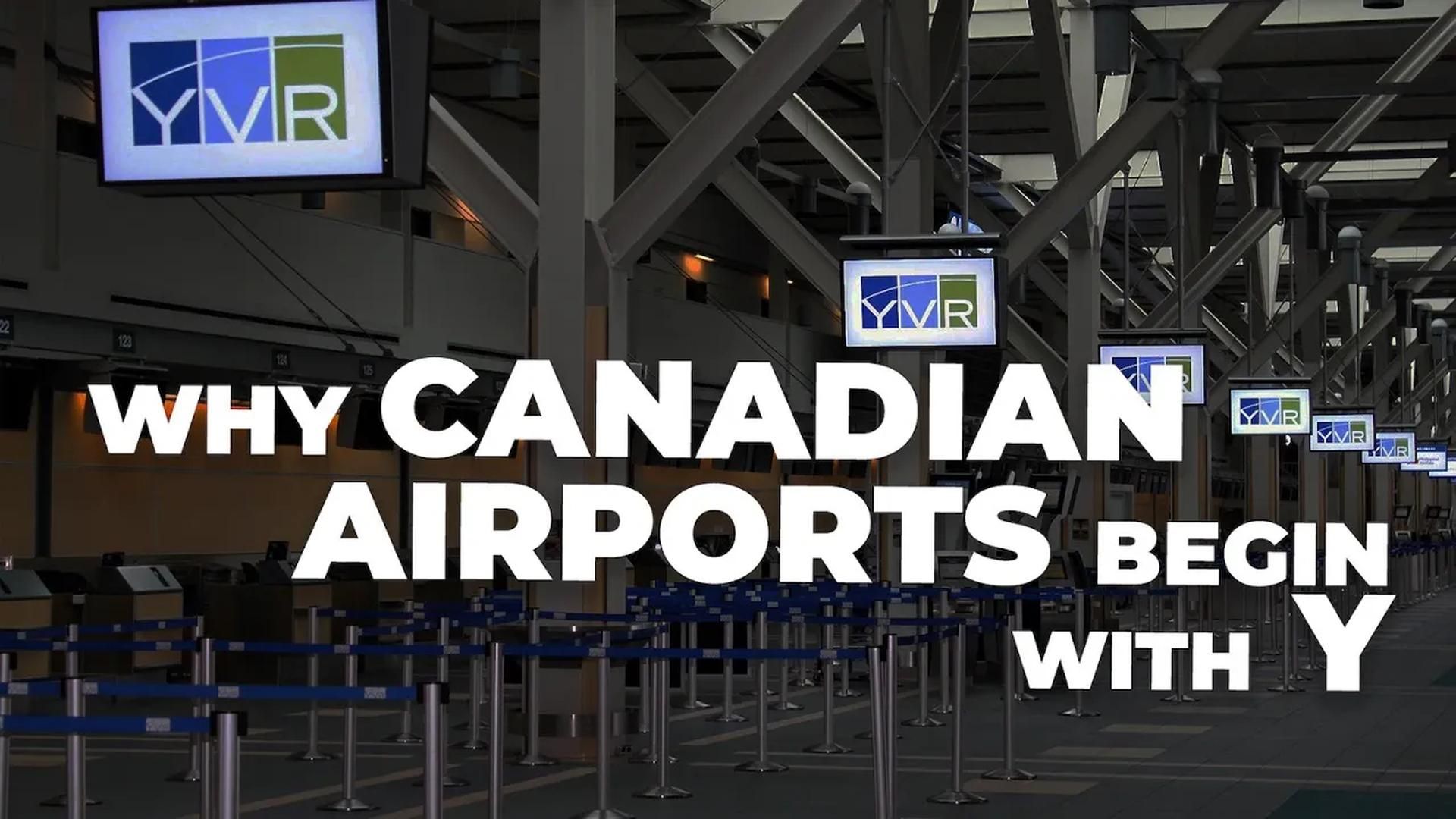
Related
Why Do Canadian Airport Codes Begin With The Letter Y?
So why do Canadian airport codes begin with the letter Y? Let’s find out.
In certain regions of the country, however, locals refer to their airport by a three-letter abbreviation that differs from the airport’s IATA code. In Colorado, Denver International Airport (DEN) is known widely as DIA, which would be the standard abbreviation of the facility’s first three letters. Nonetheless, the IATA does not use this code for the airport.

